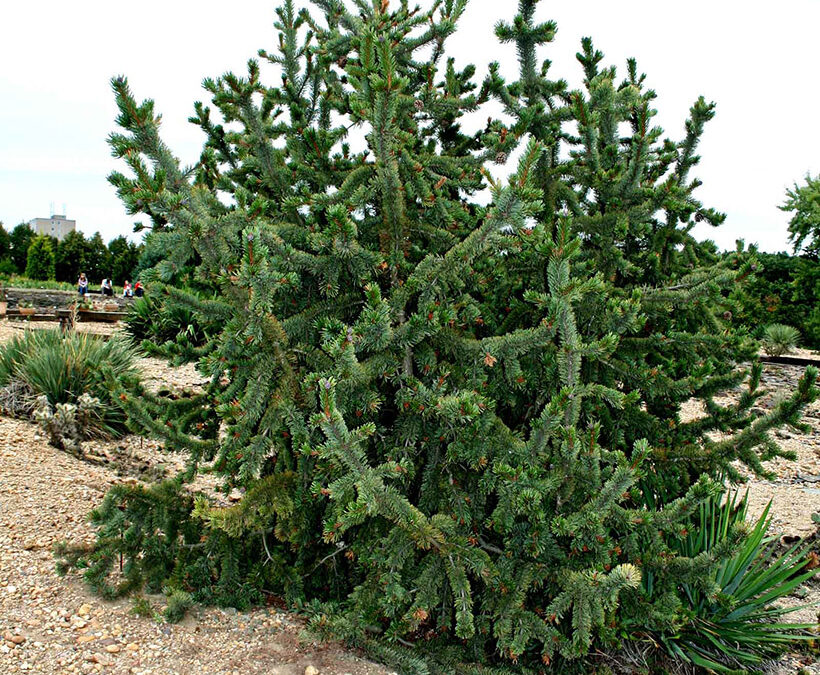Lately, it seems there has been an ever-growing buzz in the media regarding native plants. We here at Outdoor Design Group appreciate this budding interest in native plants, but we have a long-established love and interest in utilizing native plants in the landscapes we design.
The blooming enthusiasm for North American, as well as regionally specific native plants got us thinking about how to advise native plant newbies to get started with these plants in their gardens and landscapes.
If you’re not sure why you should include native plants in your Colorado landscape (or any landscape anywhere on earth for that matter), here are a few reasons:
- They’re adapted to the water, light, soil and temperature fluctuations and constraints of your area.
- They’re adapted to the animals and insects of your region, providing food & shelter for the native fauna, as well as being generally more resistant to browsing by insects and other animals.
- Utilizing them in your landscape design helps anchor your property in the ‘place’ of your region. Put another way: Why grow plants that can be grown in New York, London or Tokyo? Why not grow plants that show your interest and love of the region you live in?
This brings us to a quick list of the 14 Easiest Colorado Native Plants to include in your landscape.
Before we get to the list, we must mention one big caveat: the term “native” plant is somewhat subjective. What area is one referring to when they say, “native to a certain region”? North America? The Great Plains? The Rocky Mountains? The state of Colorado? Only within a 50-mile radius of your location? The native plants we are presenting on the following list are mostly native to the Rocky Mountain region, while some on the list are more broadly native to North America.
The other thing we should mention is that while native plants have various and obvious good reasons to be utilized in one’s landscape, there are many non-native plants that can be good and ecologically appropriate choices for a certain landscape as well.
It’s worth mentioning that even if a plant is native to your region or state, that doesn’t mean that these plants will do well in every situation your yard presents. For example, aspen trees are native to the state of Colorado and surrounding Rocky Mountain states, but only are they native to the mountains and foothills. Aspen trees often struggle on the hotter drier front range cities east of the mountains where Denver is located. And just because a plant is a “native” does not mean that it won’t perform like an invasive weed. An example of this is Virginia Creeper (Parthenocissus quinquefolia) which is a North American native vine but reseeds readily in many areas and can be difficult to remove.
It all depends on many factors! Now, on to our list of great native plants to grow in Colorado:
TREES:
– Blue Spruce (Picea pungens). Sporting a conical and classic Christmas Tree form, this evergreen tree has moderate water needs so should be thoughtfully placed if your property is hotter & drier. There are many cultivars to choose from. This is one evergreen tree that might do better in an irrigated lawn.
-Bristlecone Pine (Pinus Aristata). This is a tough pine tree that is native to higher elevations but can do well in some locations at lower elevations. It can have an irregular and shrubby form. Like most pines, it has low water requirements.
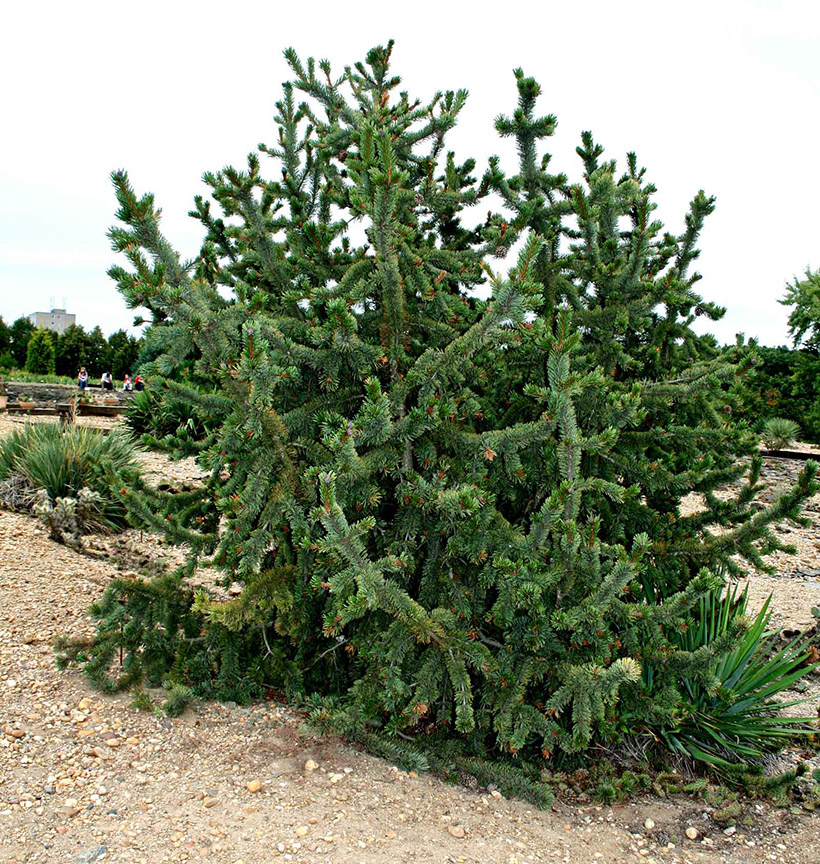
-Pinon Pine (Pinus edulis). The native range of this pine is generally southern Rocky Mountains of Colorado and New Mexico. This is a good pine tree for hotter and drier locations. Its form is somewhat bushy and rounded. And the nuts are edible!
-Cottonwood (Populus spp.). There are several types of cottonwoods to choose from. They are all tough and dependable, but they don’t live very long. And some varieties have a suckering habit. They prefer moist soils, and they grow fast. They can be messy as well, so best for informal areas or larger properties.
-Bigtooth Maple (Acer grandidentatum). One of the few maples that can survive drought type conditions. Related to sugar maples, this native of the Rocky Mountain region has orange-red fall color and is more adapted to Colorado’s alkaline soils so it shouldn’t suffer chlorosis like other maple trees. This tree maxes out at 20-30 ft. tall and is more shrub-like (with multiple stems) and not a classic shade tree shape like some more popular and common (but not suited for Colorado soils) maple trees sold in local nurseries.
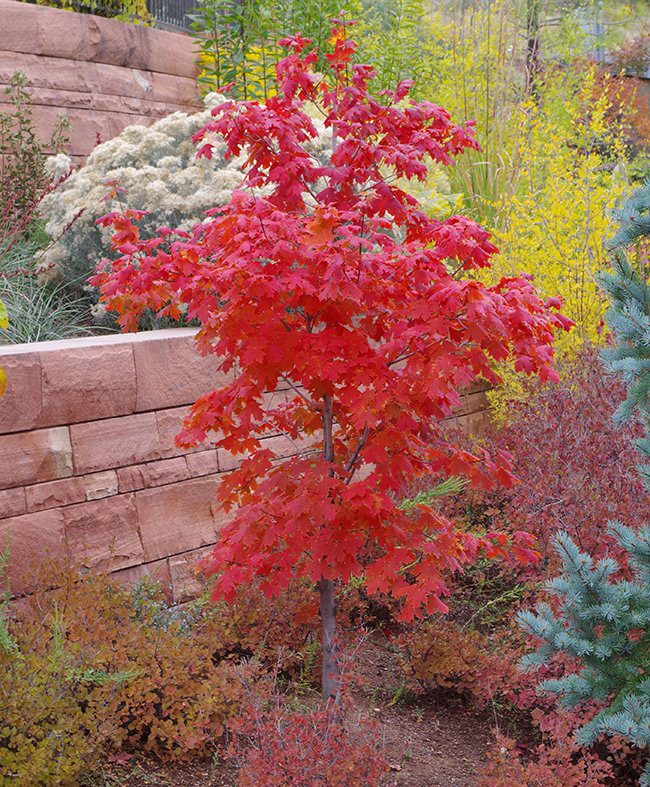
SHRUBS:
-Currants (Ribes spp.). There are several native varieties of currants to choose from. One of our favorites is Crandall Clove Currant, Ribes odoratum ‘Crandall’
-Yucca (Yucca spp.). Yuccas are tough plants that are well adapted to most areas of Colorado and the surrounding states. Some species and varieties are less cold hardy than others. If you’re bored with the local native Soapweed Yucca, you could try Banana Yucca, Beaked Yucca or even Dollhouse Yucca. If you’re worried about the stiff spiky leaves, you could opt for Yucca filamentosa, which has spiky tips, but the leaves are less stiff. It is native to the Southeastern United States, so they’re less drought tolerant than other yuccas.
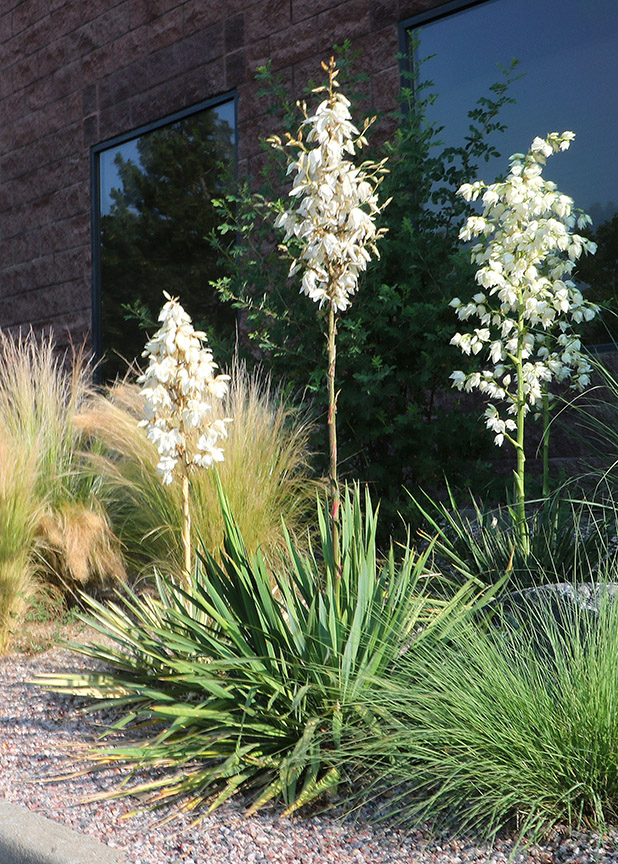
-Agave (Agave spp.). Agaves bring stunning architectural interest to the garden with their sword-like leaves. Most agaves that are native to North America are not cold tolerant enough to be grown in Colorado, but there are at least 3 species that can handle winter in greater Denver and other Front Range areas, as well as The Grand Valley on the Western Slope. Any areas that are at least USDA zone 5 or higher. As with cacti, keeping the agave roots on the dry side during winter will help them survive the cold. One of the cold hardiest Agaves is the Harvard’s Agave, Agave havardiana.
-Opuntia Cacti (Opuntia spp.). If you can get past the spines, you will be rewarded with amazing flowers in late spring. Not every Opuntia cacti variety is cold hardy enough for all of Colorado. But a few varieties are hardy to zone 5 and are great additions to your xeriscape, providing a stunning floral display in spring and interesting shapes and forms all year round. And if the spines are a roadblock to enjoying these North American natives, there are some cultivars with less spines. Cacti will be happier if their roots can be in mostly dry and well-drained soil throughout the winter.
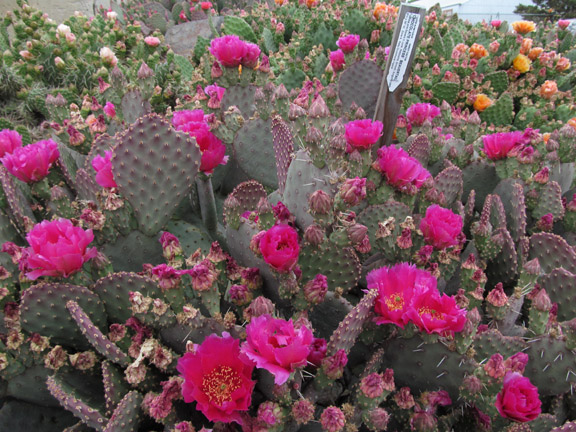
Perennials & Ornamental Grasses:
– Native Blanket Flower (Gaillardia aristata). Blanket Flower is a wonderful North American native flower that provides eye-popping yellow, orange and red color when it blooms in late summer to early fall.
– Penstemon (Penstemon spp.). There are so many Penstemon cultivars and nativars to choose from, its hard to pick just one. Some live longer than others. Two of our favorite penstemons (how can we pick just 2?!?) are Penstemon pseudospectabilis, and Penstemon pinifolius.
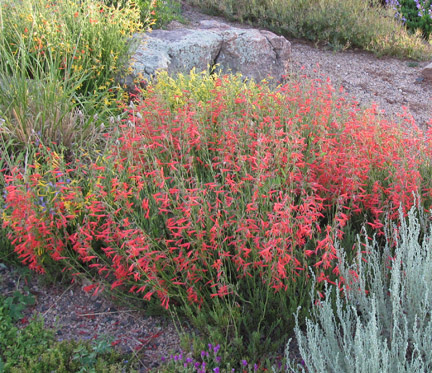
– Desert Four-O’-Clock (Mirabilis multiflora). The Desert Four-o-clock is a low-growing perennial that is very drought tolerant. It grows and spreads fast during summer with a display of bright magenta-pink blooms, but it is an herbaceous perennial, so it “dies” back to the ground every fall, like peonies.
– Columbine (Aquilegia spp.). A classic perennial plant with many varieties to choose from. These plants generally do better in cooler & wetter conditions. It’s best to save them for the part sun / part shade areas of your property.
– Blonde Ambition Grama Grass (Bouteloua gracillis ‘Blonde Ambition’). This nativar, discovered by the late David Salman of High Country Gardens, has exploded in popularity, almost to the point of being overplanted. But it’s popular for good reasons. It is tough, drought tolerant and visually striking in the fall when it sends out its one-sided seed heads that catch the sunlight in the waning days of autumn.
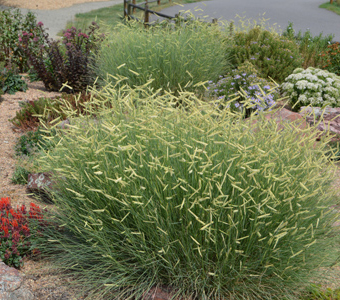
This is the official blog of Outdoor Design Group, Colorado Landscape Architects. For more information about our business and our services, click here.

